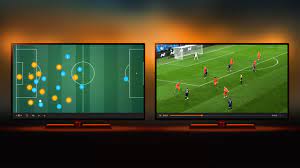What is the impact of performance analysis in sport?

From the early 2000s, sports performance analysis has undergone a significant methodological and technological change that includes the integration of trimming statistical modeling and new analytical frameworks.
Since the development of shorthand notations on paper and with a pen, advanced modeling systems and technologies (performance analysis) have evolved to gather large amounts of performance-related data.
Historically, Sports Performance Analysis has been characterized as an observational analysis activity that runs from data collection all the way to the delivery of feedback, and seeks to improve sports by involving all coaches, players and analysts themselves. Performance evaluations are done either in-person at the athletic event or afterward using video and statistics collected from the competition.
In order to inform coach debriefing meetings and assist the planning of the following training program, players are continuously monitored during training sessions.
Importance of performance Analysis in sport
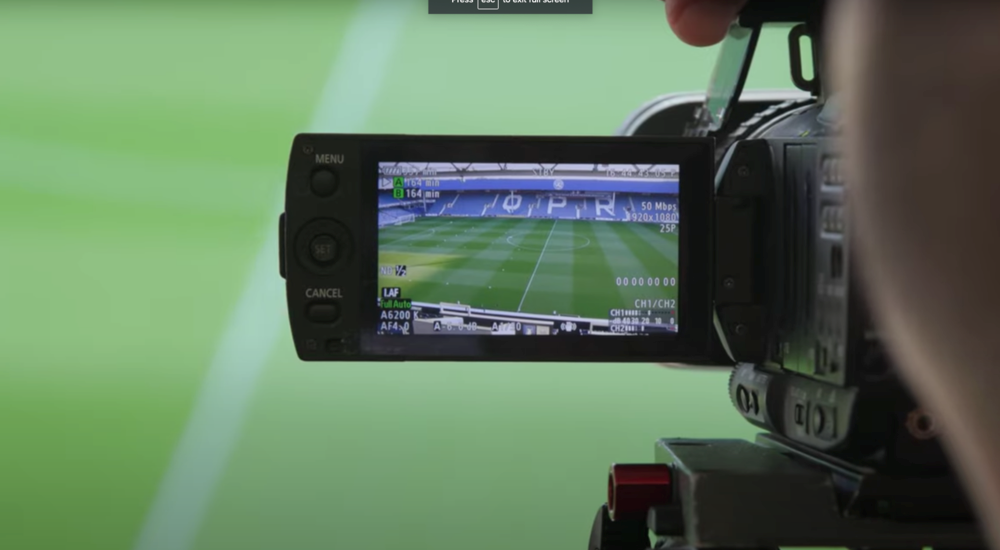
It has established a reputation for itself in many elite sporting clubs and organizations over the past 20 years as a key component of the extrinsic feedback process that coaches use to improve the learning process and to help athletes to achieve their maximum performance levels.
With a core focus on quantitative performance evaluation, it has distinguished itself from other sports science disciplines and it is currently regarded as having its own distinct role within the backroom staff of a team.
However, there are many cross-functional aspects that require it to maintain strong connections with more varied sports science disciplines. For instance, a Strength & Conditioning department’s work-rate analysis may enhance the work of a Performance Analyst team in informing player selection based on both indicators and player fitness.
Types of performance analysis
1- Technical Analysis
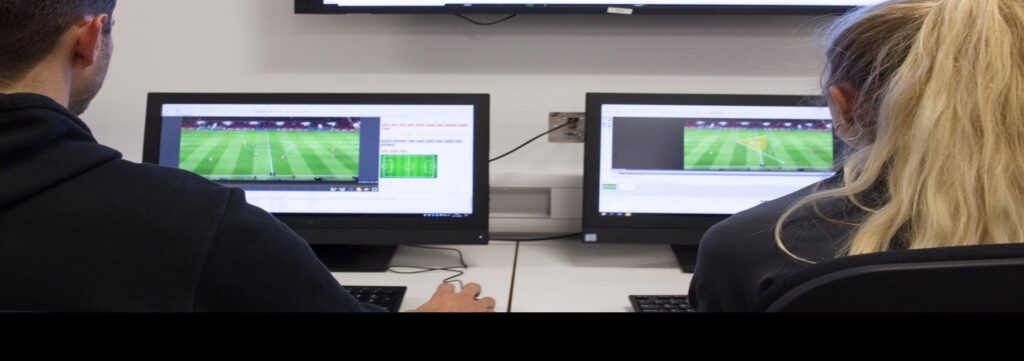
In recent years, the development of better athletes, from top levels to grassroots programmes, has been a significant emphasis of the area of Performance Analysis in Sports. Athletes’ mechanical details are meticulously examined in order to uncover defects in technique, evaluate progress, identify changes during preparation, and even assess rehabilitation after injury.
The efficiency in which an athlete accomplishes individual abilities or a greater sequence of play is monitored, compared, and categorized as either advantageous or adverse in comparison to a predetermined predicted outcome.
2- Tactical Analysis
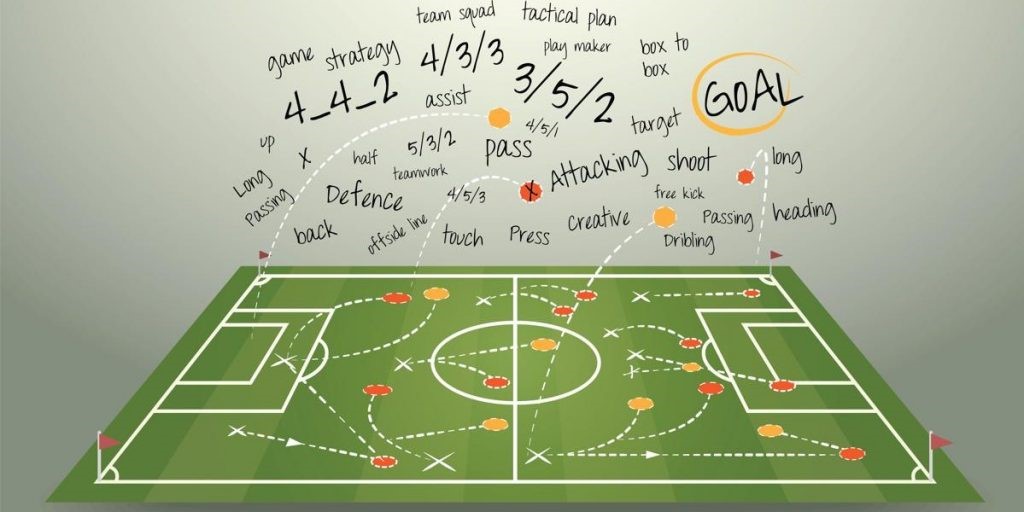
Similar to how coaches can better evaluate the effects of their tactical decisions by using performance analysts’ tactical analysis. Additionally, it can be used to detect particular tendencies and specific tactical configurations of the opposing teams.
Performance Analysts may now evaluate patterns of play in conjunction with skills used, location on the field, timings, and players engaged to accurately reflect tactical deviations given specific match scenarios by utilizing the most recent video analysis and player tracking technologies.
3- Physiological Analysis
Moreover, player movements are closely evaluated to ensure that they accomplish specified velocities, distance covered and speed ranges in addition to advantageous situations This line of work by Performance Analysts is closely complemented with the work by a Strength & Conditioning team
The objective is to help the athletes to reach their ideal physical condition by providing performance analysis on areas related to their power, endurance, stability, strength, agility, and mobility. Also, it is important to focus on preventing injuries, especially in contact sports where the risk of injury is high.
4- Psychological Analysis
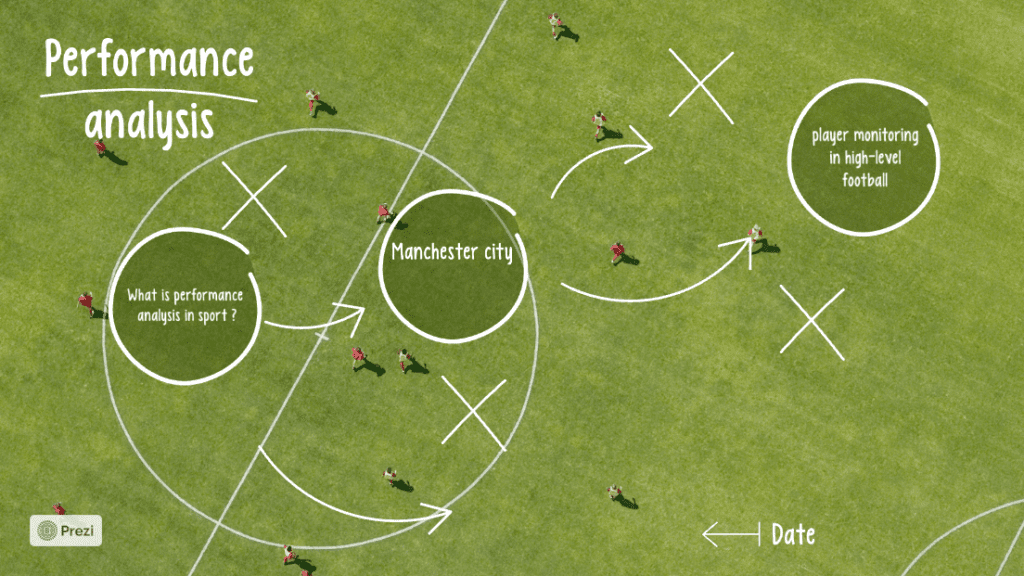
When it comes to mentally preparing players for the stresses of a sport and the hard situations that may has an effect on their motivations and ambitions of reaching their intended goals, psychological training is a key element of the coaching process.
Performance analysts can assist coaches by evaluating an athlete’s discipline, efforts exertion, and other fluctuations in work-rate that may be connected with mental elements in an attempt to minimize the impact of negative mental influences and favorably inspire athletes.
It frequently use their video analysis skills to make motivational movies and video highlights to assist coaches with the mental preparation of their athletes and teams.

